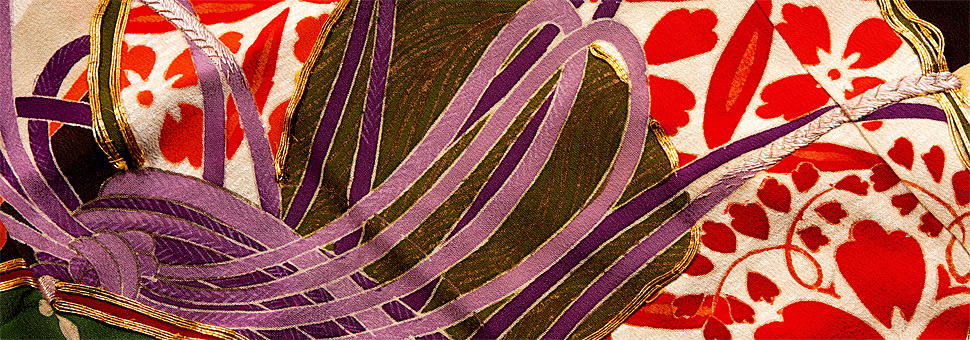I am pleased to announce that a Memorandum of Understanding (MoU) is being signed between the Textile Department, Osnabrück University, Germany, and the TRC Leiden. Over the next few years we are going to work together on a variety of projects, and the first one changed today from being ‘a plan’ to an actual happening!
For sometime now, Prof. Bärbel Schmidt (Osnabrück University) and myself have been talking about some of her BA textile students working together on a collection of Dutch and German regional dress from the TRC Collection. The aim is for the students to help with the identification of the garments, using them as a source of inspiration and then making a booklet and online exhibition about their experience, research and creations. This work is being supported by a grant from the Lower Saxony Ministry for Science and Culture for the development of Dutch-German cultural relationships..

Eventually, eight garments of regional dress from Germany and eight pieces from the Netherlands were selected, including caps (for men and women), shawls, bodices, aprons, skirts, etc. These items will be examined at the University under the supervision of various staff members. This is an experiment for both institutes as normally objects do not leave museums’ collections, or in this case the TRC building, unless it is for a loan to another research institute, but given the current crisis, flexible solutions have to be found.
Once the students have seen and examined the garments we are expecting them to write a c. 3,000 word report (in English) that will include a description of the garment, present the research into the garment’s context (dress and identity, namely the who and what), and how the garment was used (when and why) and in the next stage, how does the item forms a source of inspiration for a ‘modern’ textile or garment design (inspiration). Finally, there will be a summary of the whole process and what it meant for the student.
I am very curious what will happen next week when the students are introduced to the TRC garments! And then how they will react to the project and what they produce over the next few months. More details will be posted in due course.
It is worth noting that we also discussed over lunch and tea/coffee the two collections, from Paris and Arizona respectively, that will be coming to the TRC in January and February 2022. A notification has already been sent to various Osnabrück students to see if they would like to help with the cataloguing of these collections. A unique opportunity for the students to handle textiles and garments from many different countries.
And finally, there was a discussion about the TRC Library and its significance. During the conversation mention was made of a new item in the library, namely a pattern book that was published in Germany (Nuremberg to be exact) in the early 17th century. The book includes both embroidery (suitable for counted thread work, darned netting and beading) and needlelaces of varying degrees of complexity. More details about this book will come in a blog in the near future.
Gillian Vogelsang, Director TRC, 2 December 2021










